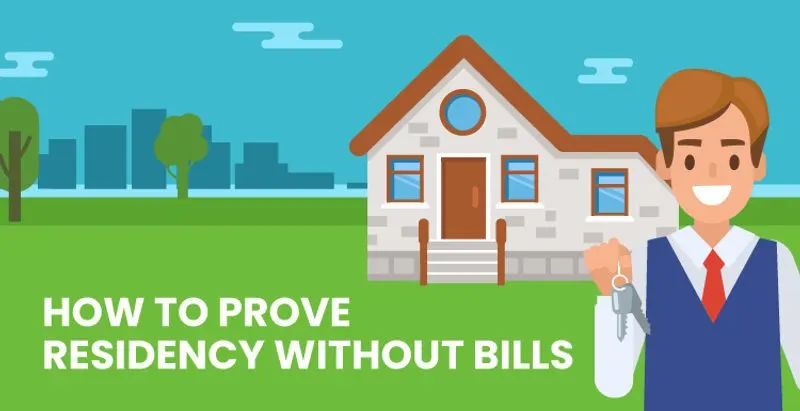Wondering how to prove residency without bills?
You’ll use this when enrolling in college, starting utility service in your name, or applying for a loan.
Read on to learn about 9 different ways to accomplish this.
9 Ways On How to Prove Residency Without Bills
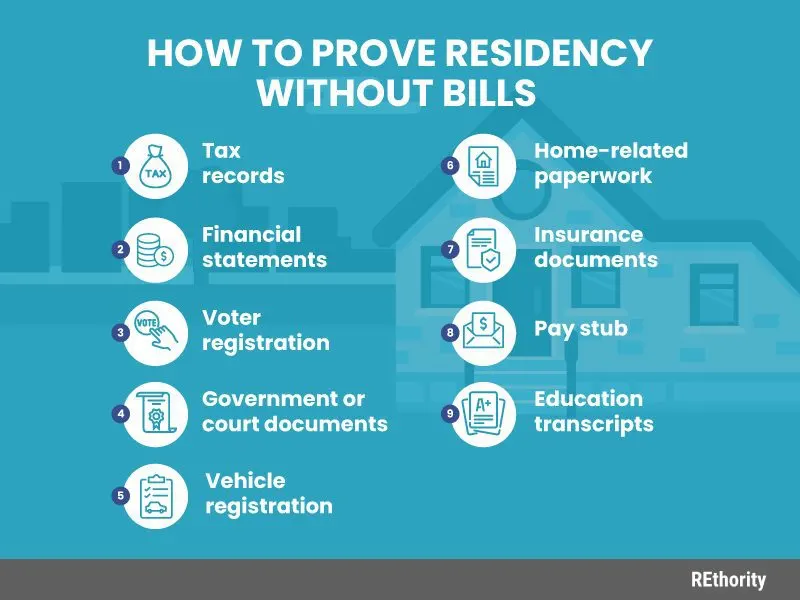
It isn’t difficult to accomplish your goal. It merely requires the willingness to spend time finding the information you need.
Typically, you’ll need two forms of identification to prove your residency.
If you already have a driver’s license, then the good news is that you only need to find the proper paperwork in one of these nine areas.
1. Look at Your Tax Records
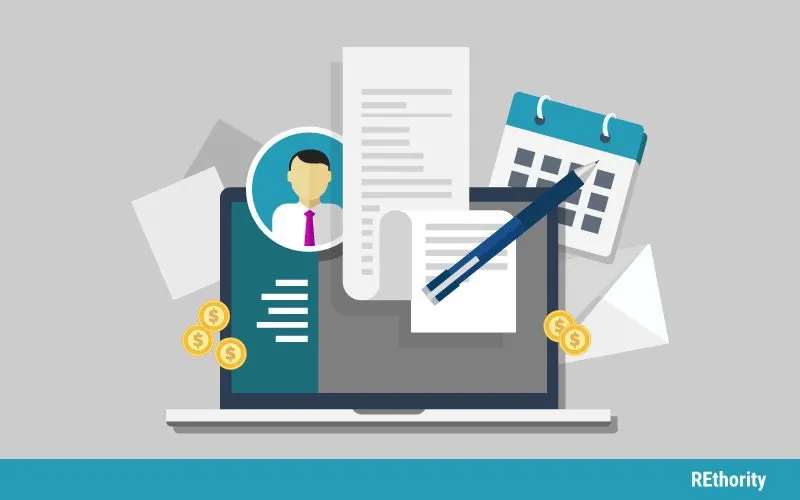
Copies of state or federal income taxes will have your name and address included on the documents. You can also use a W-2 tax form.
Contact your employer and ask them to print off another W-2 form for you if you can’t find your original copy.
You have the option of asking for a wage and income transcript from the Internal Revenue Service if you can’t get a new W-2 from work.
A wage and income transcript won’t have any local or state information on it. However, it’ll have your name and address to prove residency.
Asking the Social Security Administration (SSA) to send you a W-2 copy is a third and more expensive option. The SSA charges $90 to send out W-2 forms if your request isn’t a Social Security-related issue.
2. Find Your Financial Statements
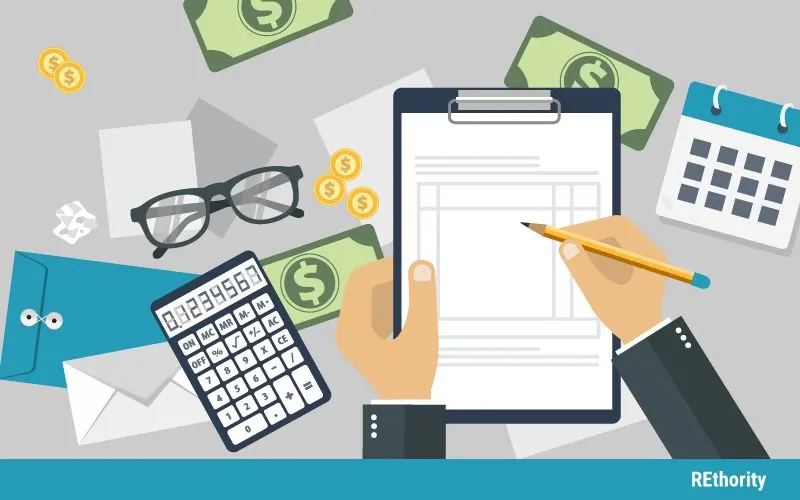
If the entity asking for proof of residency accepts PDF copies, you can print financial documents that include your name and address. Pull up your accounts online and send the required documents to your printer. These might include you:
- Bank statements
- Credit card statements
- Credit union statements
If you need official documents instead of PDF files, then you’ll need to ask your credit union, bank, or credit card company to mail physical statements to you.
You can also temporarily cancel the paperless statement option that you may have turned on with your financial institution and wait for the next month’s statement to arrive.
You can walk into your local credit union or bank and ask them to print off a statement if you need it quickly. Inspect the statement they hand you and double-check that it includes your name and address.
3. Use Your Voter Registration Card
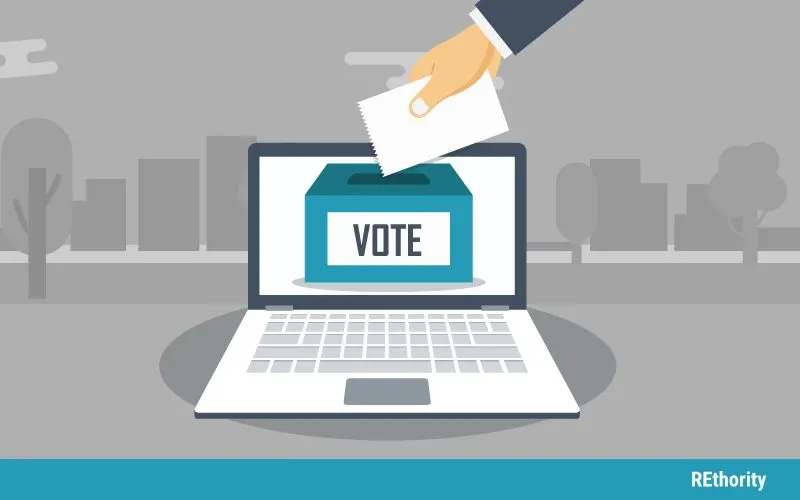
Some states include your full name and address on the voter registration cards they send each voter.
Register to vote if you’ve recently moved to a new state. If your state doesn’t include your address on the voter registration card, ask whether your requesting entity will accept the official envelope with which the card came.
4. Look at Any Government or Court Documents
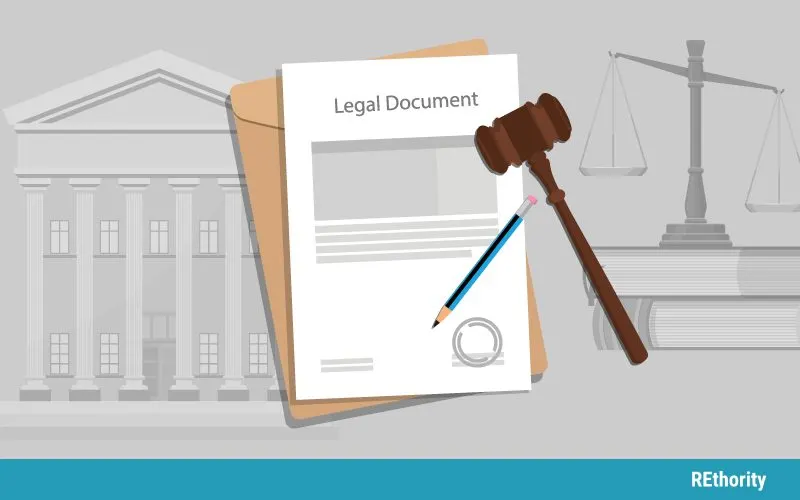
You can use any letters or forms sent to you from a city, county, state, or federal government agency as your proof of residency.
Government and court documents always come with your name and address printed on them and might include:
- DMV mailings
- Social Security Administration letters
- Marital records
Check with your entity to see if they’ll accept the confirmation letter that the United States Postal Service sends after you fill out a change of address form.
If they do, then get over to the post office, fill out the change form, and then wait for the confirmation letter to arrive.
5. Use a Vehicle Registration Form

Most entities accept a vehicle registration form as proof of residency. Request a new form from the DMV if you don’t have an updated form in your possession.
You probably don’t need to go into the DMV office because most states allow you to order vehicle registration duplicates online.
The fee for these services typically averages about $10. If you have a AAA membership, then ask them if you can come into their local office and have them print a new registration certificate for you.
6. Dig Up Your Home-Related Paperwork
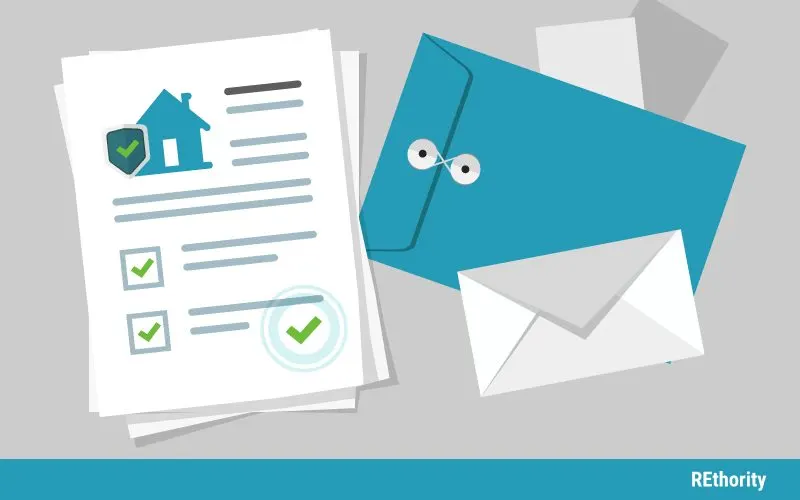
If you’re renting your home, then look at the lease agreement. Are your name and address listed together on it?
Your requesting entity might accept it. Your mortgage statement will work if you own your home.
Use your property tax statement if you can’t find a recent mortgage statement. Each of these documents typically needs a relatively recent date listed on them.
Any homeowner’s insurance mailings or declaration page will work to prove your residency. Other forms of insurance with your name and address listed can work, too.
Do you live with someone else whose name is listed on all the required paperwork? You can ask them to fill out a residency affidavit form.
Banks, credit unions, other financial institutions, and government agencies typically accept a residency affidavit form.
Ask first, because they might give you their standard form to use for this purpose.
7. Insurance Documents
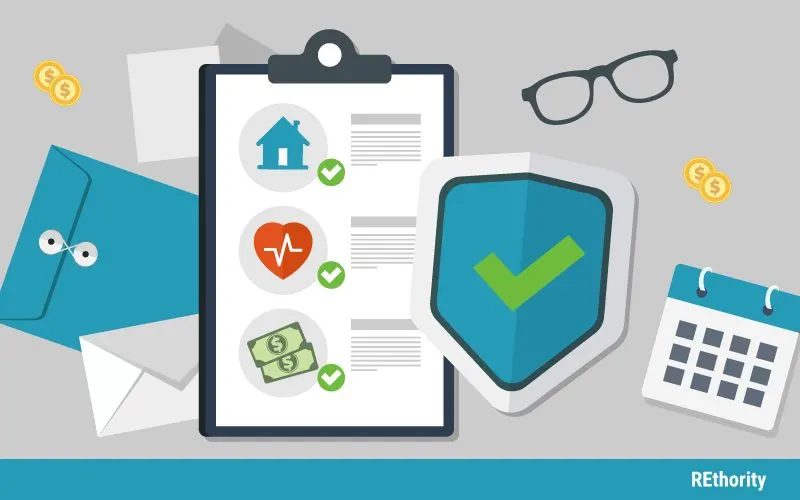
Look for other insurance policy documents if you can’t use a homeowner’s insurance document. You can use paperwork provided by insurance policies, such as:
- Automobile
- Life
- Health
You can’t use wallet cards when proving residency. Track down the official paperwork with your name and address on it from insurance companies.
8. Use a Pay Stub

Bring a recent pay stub to prove your residency. Your employer could even write a letter on your behalf.
Ask them to write it on the company letterhead and to include a copy of your original job application. If they don’t use company letterhead, then you’ll need a notarized copy of the letter.
9. Use Education Transcripts
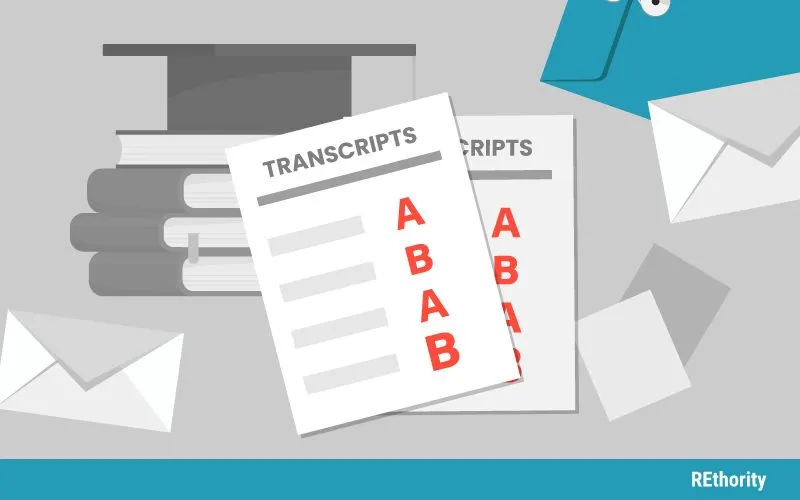
If you can’t use any of the above methods, contact your high school or college and ask for your official transcript.
Don’t open the envelope when it arrives because your entity might require a sealed envelope showing your name and address.
How To Prove Residency Without Bills in Canada
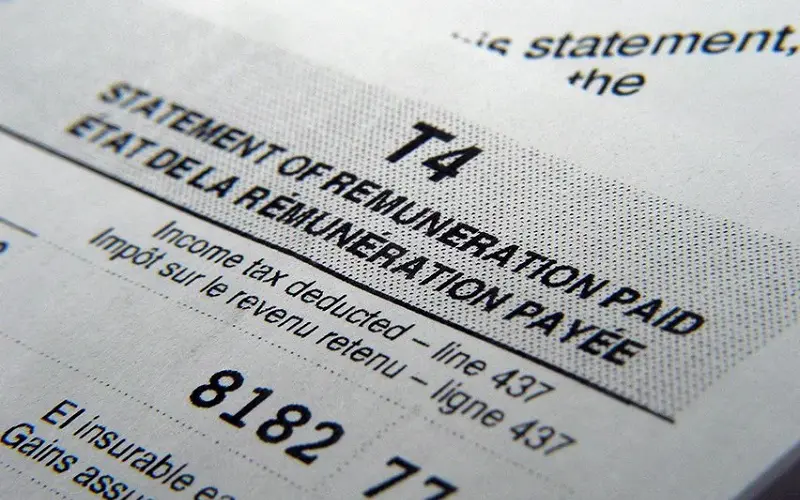
- T4 slip
- School records and transcripts
- Housing agreements and rent receipts
- Car registration
- Notice of Assessment
How to prove your residency in Canada without bills begins with having employment documents. All workers in Canada are required to have a piece of paperwork referred to as a T4 slip.
All employers should have this document on hand and should have no problem retrieving it for you.
U.S. students have the option available to them to use their school records to verify their current residency status in Canada.
Additionally, Canada allows real estate contracts to be used to prove residency. Furthermore, rent receipts, which you can get from your landlord, are another regularly accepted way to provide proof that you live at a specific address.
Since Canada is a large country, most people there have vehicles to travel long distances between heavily populated areas.
Interestingly, even Canada’s larger cities don’t have public transportation beyond their immediate proximity. Consequently, motor vehicle registration is an excellent way for individuals to prove residency without paying bills.
In the end, you can get a Notice of Assessment from the Canada Revenue Agency yearly after filing your tax return. This is a prevalent way that people in Canada prove that they reside in Canada without using bills.
How To Prove Residency Without Bills in the UK

- Rental/lease agreements
- Academic transcripts
- Vehicle registration
- Letter from an employer
- Letter from school
- Letter from another individual
There are many banks and other institutions that have strict requirements as it pertains to opening bank accounts, participating in financial assistance programs, paying in-state tuition at an educational institution, and more.
In these situations, you have to prove your residency before being allowed to proceed.
In the UK, there are other documents that you can use to prove your residency, like school records, a lease, your car registration, and more.
Other documents you may not know you can use include a signed letter from your employer stating your current address.
In the United Kingdom, this is sufficient proof of residency. The letter has to be signed by someone in authority, such as an HR official, and presented on company letterhead.
If you don’t have transcripts for some reason, your school’s registration office (college, university, etc.) may also serve as proof of where you live if they write a letter detailing your address and enrollment.
Lastly, in the case of a bank account, another customer can write a letter on your behalf and confirm your residence location. They must have physically seen it for it to be considered valid.
Things to Consider
Now that you know how to prove residency without bills, here are some things to keep in mind:
- Not all institutions or businesses will accept every proof of residency option. Check with them first so that you know their policies and what they’ll accept.
- Typically, you’ll need paperwork dated within the previous three or four months. Tax documents need to have the current year printed.
- Ask the requesting institution if you need to notarize any paperwork. You can find a notary at real estate agencies, banks, law offices, and even shipping supply stores if you do.
- It’s possible to prove residency if you don’t live in an established apartment or home. A halfway house can write a letter for a homeless person. A rehabilitation center can write a letter as well.
- If your payslip has your residential address somewhere on it, you might be able to use this as a proof of residence. However, this will vary based on the institution requesting the document.
- If you live with your parents, you can get a utility bill showing the address where you live along with a letter from the person on the bill (your parents) stating that you’re their child and live with them.
Wrap-Up
As you can see, many possibilities exist when you need to prove your residency without having your name on any utility bills.
The key is asking the requesting business or institution what types of proof they accept.
Then, it’s a matter of selecting from their options the one or two methods you can easily find.

